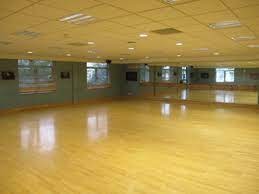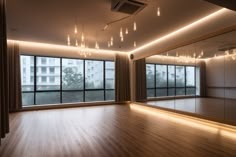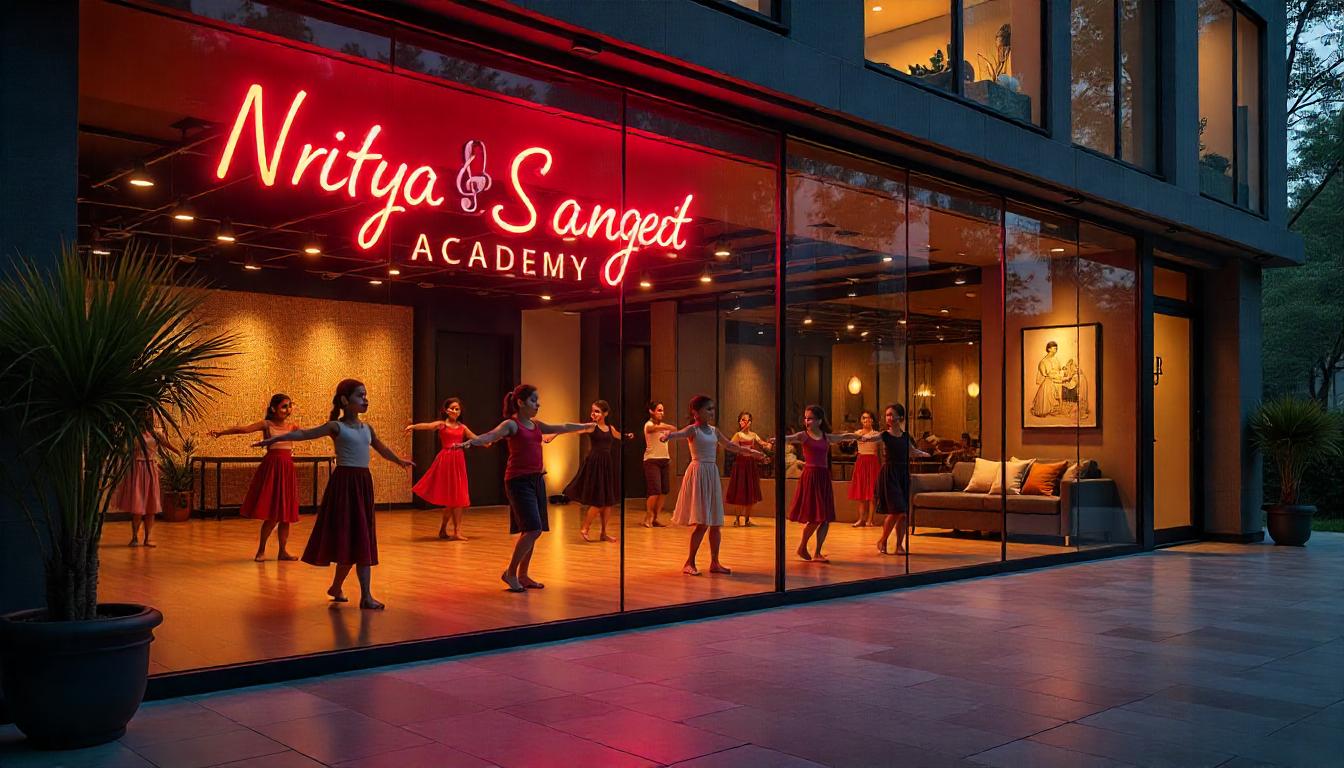When we talk about starting a dance institute, the first things that come to mind are skilled trainers, an exciting curriculum, and energetic students. But there’s one thing that silently supports the success of all these — the right premises. The space you choose becomes more than just a building; it becomes the soul of your dance journey. If selected wisely, it enhances performance, attracts more students, and builds trust. If ignored, it can lead to discomfort, complaints, and even legal issues.
For a dance studio, the premises isn’t just “where” classes are held. It defines how the rhythm flows, how comfortably the body moves, and how confidently parents send their children to learn. It’s the backbone of your institute’s brand, safety, and daily operations.
Footwork Needs Solid Ground: Why Ground Floor Is Preferred
Here’s a reality check — dance makes noise, and that’s okay! But when your studio is on the first or second floor of a building, those powerful thuds, taps, and jumps become a nightmare for the people below.
Dancing involves constant footwork and movement. Every stomp or jump sends vibrations downwards. Now imagine having a clinic, an office, or even someone’s home right below your dance space—complaints are bound to arise.
In many cities, dance studios operating on higher floors without soundproof flooring end up receiving notices from neighbours or the building association. This not only affects your daily schedule but can damage your reputation as a responsible institution.
That’s why dance studios on the ground floor are generally preferred. Not only do they avoid disturbing others, but they also make it easier for students, especially kids and older adults to access the premises safely without climbing stairs.
🎯 Planning regular recitals, workshops, or stage shows in your dance institute? Don’t leave the logistics to chance. Use our Event Management Sheet to plan dates, venues, rehearsals, and team roles — all in one place.
Space and Structure: How Room Dimensions Affect Movement

A dancer needs space — not just mentally, but physically. Unlike a classroom or office, dance studios demand open, obstruction-free layouts. Imagine trying to rehearse a group choreography in a room filled with pillars or tight corners — it’s frustrating and unsafe.
Wide and long rooms allow dancers to practice freely, create formations, and maintain safe distances. The ceiling height also plays a big role, higher ceilings give that feeling of freedom and elegance, which is necessary for forms like classical dance or ballet.
Also, the structure should not have fragile windows, low-hanging fans, or slippery tiles. These can become major safety hazards.
Acoustic Concerns: Dance Means Sound
Dance is not silent. Whether it’s Bharatanatyam with ankle bells, Zumba with upbeat music, or hip-hop with loud tracks, the environment needs to support it all. Poor acoustics can echo sound, or worse, make it feel flat and dull.
If your room isn’t built with acoustics in mind, the sound may bounce off walls, become too loud in corners, or too soft in the center. Students won’t enjoy the rhythm, and trainers will keep adjusting volumes instead of teaching.
Acoustic panels, wooden flooring, and padded corners can help maintain pleasant, controlled sound inside the studio while preventing too much noise from escaping outside. That’s especially important in residential areas, where disturbing others may lead to local objections or complaints.
Lighting & Ventilation: The Unsung Heroes of Comfortable Learning

Dance is a combination of energy, expression, and emotion. And nothing drains all three faster than a poorly lit or suffocating room.
Natural light plays a powerful role in boosting energy, lifting moods, and making the space feel more welcoming. Well-lit studios also help dancers see their postures and mirror reflections clearly, which improves their learning. Artificial lighting should be soft, bright, and evenly spread across the room, with no harsh glares or dark corners.
Ventilation is equally vital. Dance is a physical activity, which means sweat, heat, and breathlessness. A space with windows, fans, or air conditioning helps maintain airflow, avoids stuffiness, and keeps dancers energized during long practice hours.
A warm, well-lit, and breezy studio gives your institute a professional yet homely vibe, which students and parents both appreciate.
Location Matters: Accessibility and Visibility
You might have the best instructors and world-class interiors, but if your studio is hard to find, you’re missing out on opportunities.
When choosing a premises, ask yourself:
- Is it easily visible from the road?
- Is it close to residential neighborhoods where potential students live?
- Are there bus stops, metro stations, or shared auto stands nearby?
Easy accessibility encourages students to attend regularly. It also helps working parents drop off their children without stress. Plus, a visible, well-branded exterior builds curiosity and walk-in enquiries.
In short, when your studio is in the right spot, you won’t need to chase students — they’ll find you.
Also Read: How to Choose the Right Location for Your Music Academy
Safety First: Legal Approvals and Building Safety
Before finalizing any space, double-check the building’s approval for commercial or educational use. Some landlords may offer lower rent for residential spaces, but running a dance class there can lead to legal troubles or eviction.
Additionally, ensure the building has:
- Fire safety arrangements (extinguishers, safe exits)
- Strong staircase railings
- Non-slippery flooring
- Proper electrical wiring and circuit safety
This not only protects your staff and students but also gives peace of mind to parents, especially those sending small children.
Parking and Waiting Areas: Small Details, Big Comfort
Dance classes often involve parents dropping off or waiting for their children. If your premises has no parking space, it creates traffic issues and risks fines. Worse, it gives a bad impression on the very first visit.
A good institute has:
- Dedicated two-wheeler and car parking
- A waiting zone with chairs or benches for parents
- Clean washroom facilities
These might seem like extras, but in reality, they’re essential for a smooth, comfortable experience that keeps your institute ahead of the competition.
Branding Potential: Let Your Studio Speak for You
When someone walks past your studio, what do they see?
The right premises can become your silent brand ambassador. A well-located ground floor space with glass-front windows, clean signage, and visible activity inside naturally attracts interest even from people who weren’t actively looking for dance classes.
If your studio is buried in a corner, on the 2nd floor of a commercial building with no foot traffic, your visibility drops dramatically. You’ll be completely reliant on digital marketing and referrals, which can slow growth in the early days.
Choose a space where:
- You can display your name and logo clearly
- Foot traffic is steady (like near parks, schools, gyms, cafes, or coaching centers)
- You’re allowed to put window branding, banners, or standees
Remember: People trust what they can see.
Noise Matters: Avoid Disturbing Others and Facing Complaints
Here’s a point many new studio owners ignore: Dance involves beats, music, and movement. That means noise and vibration.
If your studio is on the first or second floor of a residential or office building, the sounds can disturb the residents or tenants below. Constant thumping or loud music can lead to formal complaints, strained relationships, and even legal action.
That’s why choosing a ground floor unit or a standalone space is not just ideal, it’s practical. If upper floors are the only option, ensure:
- You have soundproof flooring
- You use rubberized or cushioned mats
- Your volume is controlled and within timing limits
This also protects your brand image as a responsible, community-friendly institute.
Selecting the right premises for dance classes involves careful consideration of various factors, including location, studio size, and compliance with zoning regulations. For a comprehensive guide on these aspects, refer to Your Guide To Dance Studio Size, Location, And More.
Space to Grow: Think Long-Term
You might start with 20 – 30 students, but what about next year? Or the one after?
Renting a space that’s already bursting at the seams means you’ll outgrow it quickly, leading to disruptions when you shift or expand. Instead, plan for growth from the start.
Look for:
- Extra rooms that can later be turned into rehearsal or theory classes
- A hall or lobby that can be converted into a waiting area, office, or costume storage
- Washroom facilities for both students and staff
- A space where you can host small showcases or performances
Think of your dance institute not just as a classroom, but as a creative ecosystem.
Don’t Just Rent a Place, Build an Experience
Choosing the right premises is about more than just square footage or rental price. It’s about creating an experience for your students, their parents, and your team.
Your studio is where:
- Dreams take shape
- Confidence is built
- Passion meets practice
It’s where a child walks in nervously on day one and walks out performing on stage a year later.
So take your time. Visit multiple properties. Visualize your future there. And always remember — when the space is right, the energy flows naturally.


